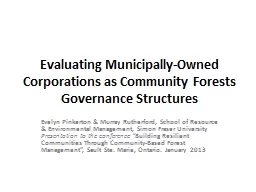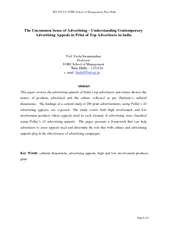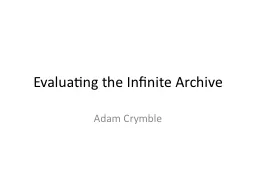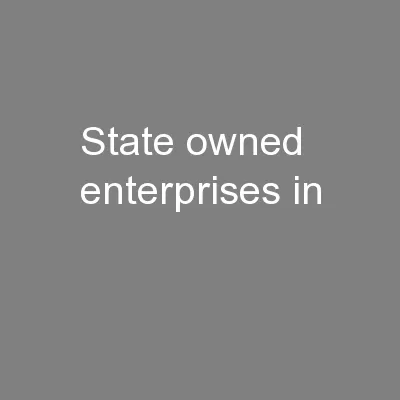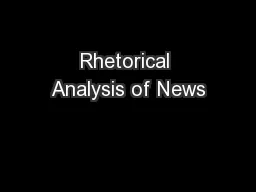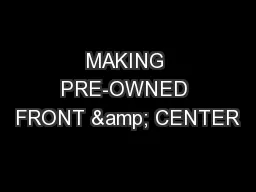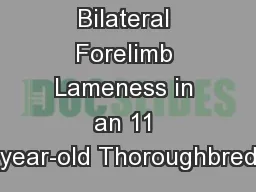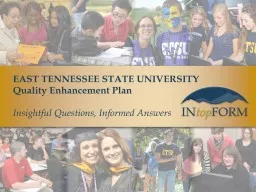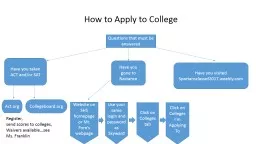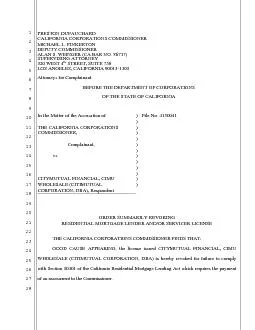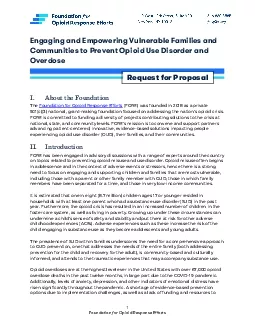PPT-Evaluating Municipally-Owned Corporations as Community Fore
Author : myesha-ticknor | Published Date : 2017-01-15
Evelyn Pinkerton amp Murray Rutherford School of Resource amp Environmental Management Simon Fraser University Presentation to the conference Building
Presentation Embed Code
Download Presentation
Download Presentation The PPT/PDF document "Evaluating Municipally-Owned Corporation..." is the property of its rightful owner. Permission is granted to download and print the materials on this website for personal, non-commercial use only, and to display it on your personal computer provided you do not modify the materials and that you retain all copyright notices contained in the materials. By downloading content from our website, you accept the terms of this agreement.
Evaluating Municipally-Owned Corporations as Community Fore: Transcript
Download Rules Of Document
"Evaluating Municipally-Owned Corporations as Community Fore"The content belongs to its owner. You may download and print it for personal use, without modification, and keep all copyright notices. By downloading, you agree to these terms.
Related Documents

